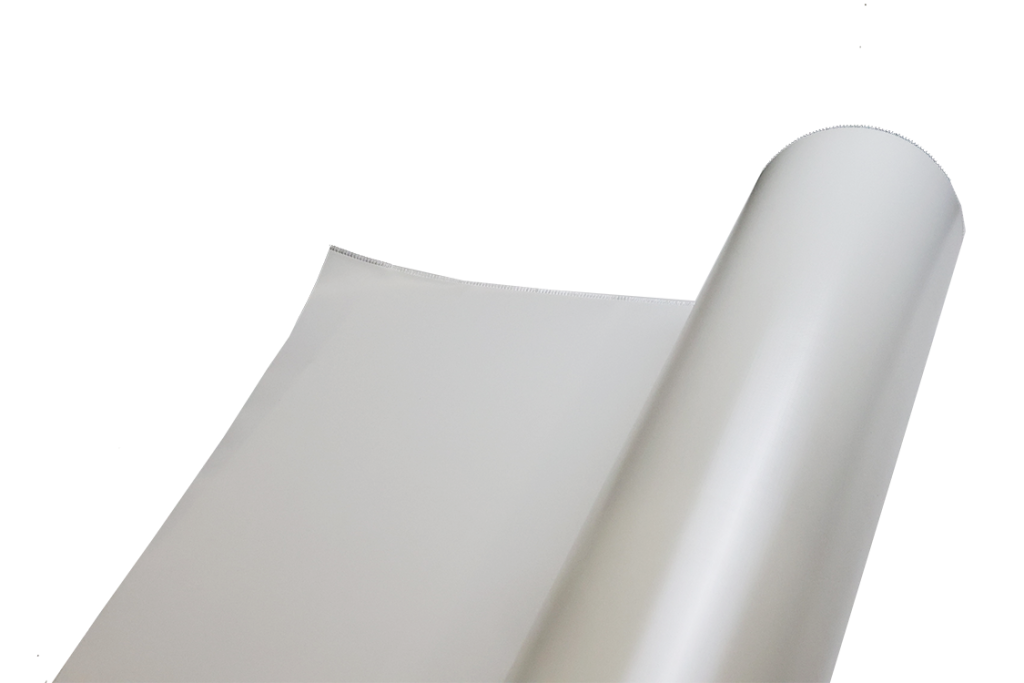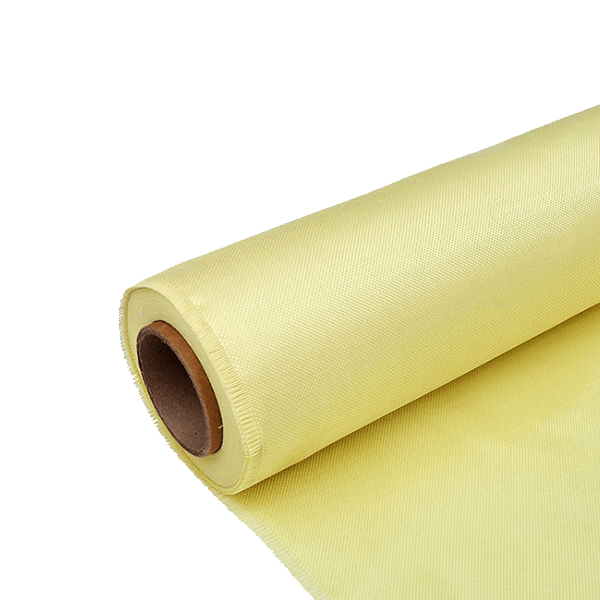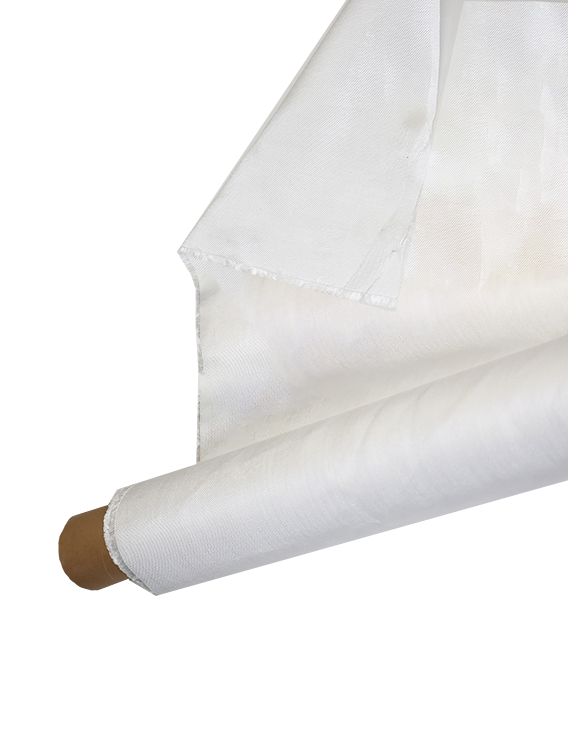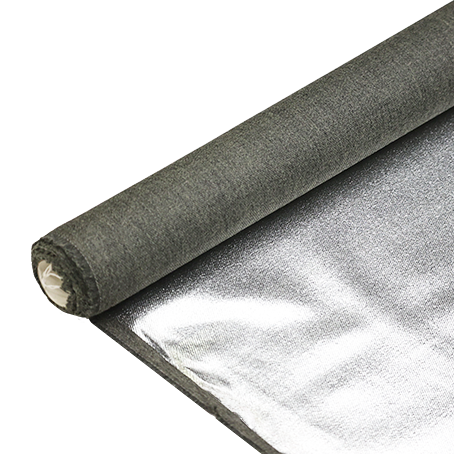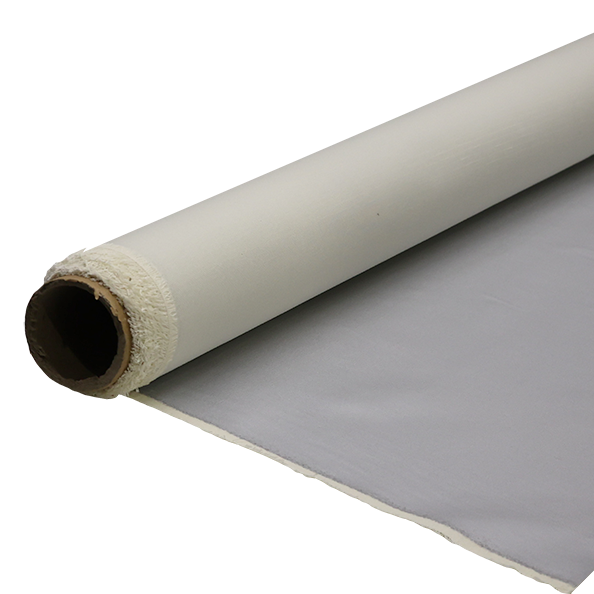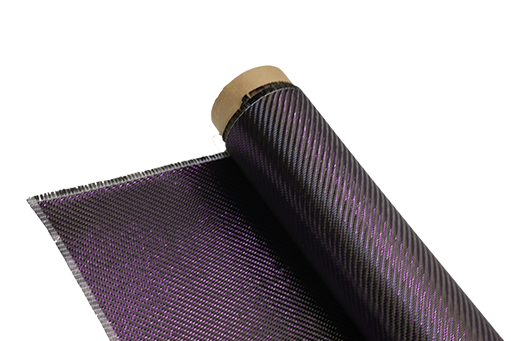Compare Our Three Most Popular Fabric Weights
-
Table of Contents
“Find Your Perfect Fit: Compare Our Three Most Popular Fabric Weights!”
When selecting the right fabric for your project, understanding the differences in fabric weights is crucial. This guide compares our three most popular fabric weights: lightweight, medium weight, and heavyweight. Each weight offers unique characteristics and benefits, making them suitable for various applications, from clothing to home decor. By examining their properties, uses, and advantages, you can make an informed decision that best meets your needs.
Lightweight Fabric: Ideal Uses and Benefits
Lightweight fabric is a versatile and essential component in the world of textiles, offering a myriad of benefits that cater to various applications. One of the most significant advantages of lightweight fabric is its breathability, which makes it an ideal choice for warm weather clothing. Fabrics such as chiffon, georgette, and lightweight cotton allow air to circulate freely, providing comfort and preventing overheating. This characteristic is particularly beneficial for summer garments, where the need for light and airy materials is paramount. As a result, lightweight fabrics are frequently used in the production of summer dresses, blouses, and casual wear, ensuring that individuals remain cool and comfortable during the hotter months.
In addition to their breathability, lightweight fabrics are often characterized by their soft drape. This quality allows garments to flow gracefully over the body, creating an elegant silhouette that enhances the wearer’s appearance. The fluidity of lightweight materials makes them particularly suitable for formal attire, such as evening gowns and cocktail dresses, where a refined look is desired. Furthermore, the soft texture of these fabrics contributes to their overall comfort, making them a popular choice for everyday wear as well. The combination of style and comfort is a significant factor in the widespread use of lightweight fabrics in contemporary fashion.
Moreover, lightweight fabrics are often favored for their versatility in design. They can be easily manipulated, allowing designers to create intricate details such as ruffles, pleats, and layers. This adaptability enables the creation of unique and eye-catching garments that stand out in a crowded market. Additionally, lightweight fabrics can be easily dyed and printed, providing endless possibilities for color and pattern combinations. This feature is particularly appealing to fashion designers who seek to express their creativity and individuality through their collections. As a result, lightweight fabrics are frequently seen on runways and in retail stores, showcasing the latest trends and styles.
Another notable benefit of lightweight fabric is its portability. Due to their reduced weight, these materials are easy to pack and carry, making them an excellent choice for travel. Lightweight clothing can be folded or rolled into compact sizes, allowing travelers to maximize their luggage space without sacrificing style or comfort. This practicality is especially advantageous for those who frequently embark on trips, as it enables them to maintain a fashionable wardrobe while on the go. Additionally, lightweight fabrics often dry quickly, which is a significant benefit for travelers who may need to wash and wear items during their journeys.
Furthermore, lightweight fabrics are increasingly being produced with sustainability in mind. Many manufacturers are now focusing on eco-friendly materials and production processes, resulting in lightweight fabrics that are not only stylish but also environmentally responsible. This shift towards sustainable practices is becoming increasingly important to consumers who are conscious of their impact on the planet. As a result, lightweight fabrics are not only a practical choice but also an ethical one, aligning with the values of modern consumers.
In conclusion, lightweight fabric offers a multitude of benefits that make it an ideal choice for various applications. Its breathability, soft drape, versatility in design, portability, and growing emphasis on sustainability contribute to its popularity in the textile industry. As fashion continues to evolve, lightweight fabrics will undoubtedly remain a staple, providing comfort and style for individuals across the globe.
Midweight Fabric: Versatility and Applications
Midweight fabric occupies a unique position in the realm of textiles, striking a balance between lightweight and heavyweight options. This category of fabric typically weighs between 5 to 7 ounces per square yard, making it an ideal choice for a variety of applications. Its versatility is one of its most appealing characteristics, allowing it to be used in numerous garments and projects, from casual wear to more structured pieces. As we delve into the attributes and applications of midweight fabric, it becomes evident why it has garnered such popularity among designers and consumers alike.
One of the primary advantages of midweight fabric is its adaptability. It can be utilized in the creation of clothing suitable for different seasons. For instance, midweight cotton or linen blends are perfect for spring and summer garments, providing enough coverage while remaining breathable. Conversely, when blended with materials such as wool or polyester, midweight fabrics can transition seamlessly into fall and winter apparel, offering warmth without the bulk associated with heavier fabrics. This adaptability makes midweight fabric a staple in many wardrobes, as it can be layered or worn alone depending on the weather.
In addition to its seasonal versatility, midweight fabric is also favored for its structural integrity. Unlike lightweight fabrics, which may drape too loosely or require additional lining, midweight options provide a more substantial feel that can hold shape without compromising comfort. This quality is particularly beneficial in tailored garments, such as blazers and trousers, where a crisp silhouette is desired. The ability of midweight fabric to maintain its form while still allowing for ease of movement makes it an excellent choice for both professional and casual attire.
Moreover, midweight fabric is often chosen for its durability. Fabrics in this weight category tend to withstand wear and tear better than their lighter counterparts, making them suitable for everyday use. This durability is especially important in items such as workwear or activewear, where the fabric must endure frequent washing and physical activity. As a result, garments made from midweight fabric often have a longer lifespan, providing better value for consumers.
Furthermore, the range of textures and finishes available in midweight fabrics adds to their appeal. From soft brushed cotton to sturdy canvas, the variety allows designers to select the perfect fabric for their specific needs. This diversity not only enhances the aesthetic quality of the finished product but also allows for creative expression in design. For example, a midweight denim can be used to create stylish jackets or skirts, while a midweight twill can be transformed into chic trousers or dresses. The options are virtually limitless, enabling designers to experiment with different styles and silhouettes.
In conclusion, midweight fabric stands out as a versatile and practical choice for a wide array of applications. Its ability to adapt to various seasons, maintain structural integrity, and offer durability makes it a favored option among both consumers and designers. Additionally, the diverse range of textures and finishes available further enhances its appeal, allowing for creative exploration in fashion design. As the textile industry continues to evolve, midweight fabric will undoubtedly remain a cornerstone in the creation of stylish and functional garments, catering to the ever-changing needs of the market.
Heavyweight Fabric: Durability and Performance
When considering fabric weights, heavyweight fabric stands out for its remarkable durability and performance, making it a preferred choice for various applications. Heavyweight fabrics typically weigh more than 10 ounces per square yard, and this substantial weight contributes to their robust nature. The inherent density of heavyweight fabrics not only enhances their longevity but also provides a level of resistance to wear and tear that lighter fabrics simply cannot match. This durability is particularly advantageous in environments where the fabric is subjected to frequent use or exposure to harsh conditions.
One of the primary benefits of heavyweight fabric is its ability to withstand the rigors of daily wear. For instance, in the realm of upholstery, heavyweight fabrics are often employed for furniture that experiences high traffic, such as sofas and chairs in family rooms or commercial settings. The resilience of these fabrics ensures that they maintain their appearance and structural integrity over time, even when faced with spills, stains, and the inevitable wear that comes from regular use. Consequently, choosing heavyweight fabric for upholstery not only enhances the aesthetic appeal of a space but also contributes to the longevity of the furniture itself.
Moreover, heavyweight fabrics are often favored in the production of outdoor gear and apparel. The thickness and density of these materials provide an added layer of protection against the elements, making them ideal for jackets, tents, and other outdoor equipment. For example, a heavyweight canvas or denim jacket can offer superior insulation and wind resistance, ensuring that the wearer remains comfortable in inclement weather. This performance aspect is crucial for outdoor enthusiasts who rely on their gear to perform under challenging conditions. The durability of heavyweight fabrics means that they can endure the rigors of outdoor activities, from hiking to camping, without compromising on comfort or functionality.
In addition to their practical applications, heavyweight fabrics also offer a unique aesthetic appeal. The substantial weight of these materials lends a sense of quality and luxury that is often associated with high-end products. For instance, in the fashion industry, designers frequently utilize heavyweight fabrics to create garments that not only look sophisticated but also drape beautifully. The way a heavyweight fabric falls and moves can enhance the overall silhouette of a piece, making it a popular choice for tailored clothing and structured designs. This combination of durability and visual appeal makes heavyweight fabrics a versatile option for both functional and fashionable applications.
Furthermore, the maintenance of heavyweight fabrics is generally straightforward, which adds to their appeal. Many heavyweight materials are designed to be machine washable or easy to clean, allowing for practical use in everyday settings. This ease of care ensures that the fabric retains its quality over time, making it a sensible investment for consumers who prioritize both aesthetics and functionality.
In conclusion, heavyweight fabric is characterized by its durability and performance, making it an excellent choice for a variety of applications. Its ability to withstand wear and tear, coupled with its protective qualities in outdoor settings, underscores its versatility. Additionally, the aesthetic benefits and ease of maintenance further enhance its appeal. As consumers seek fabrics that combine longevity with style, heavyweight options continue to rise in popularity, proving that they are not only practical but also a valuable addition to any wardrobe or home.
Q&A
1. **What are the three most popular fabric weights?**
The three most popular fabric weights are lightweight (around 3-5 oz), medium weight (around 6-8 oz), and heavyweight (9 oz and above).
2. **What are the typical uses for each fabric weight?**
Lightweight fabrics are commonly used for summer clothing and linings, medium weight fabrics are ideal for everyday apparel and home textiles, while heavyweight fabrics are suited for outerwear, upholstery, and durable items.
3. **How do the fabric weights affect the drape and feel of the material?**
Lightweight fabrics tend to have a soft, flowing drape, medium weight fabrics offer a balanced feel with moderate structure, and heavyweight fabrics provide a stiff, substantial drape that holds its shape well.In conclusion, comparing our three most popular fabric weights reveals distinct characteristics that cater to various needs and preferences. Lightweight fabrics are ideal for breathability and comfort in warmer climates, medium-weight fabrics offer versatility for year-round use, and heavyweight fabrics provide durability and warmth for colder conditions. Understanding these differences allows consumers to make informed choices based on their specific requirements for style, function, and comfort.

